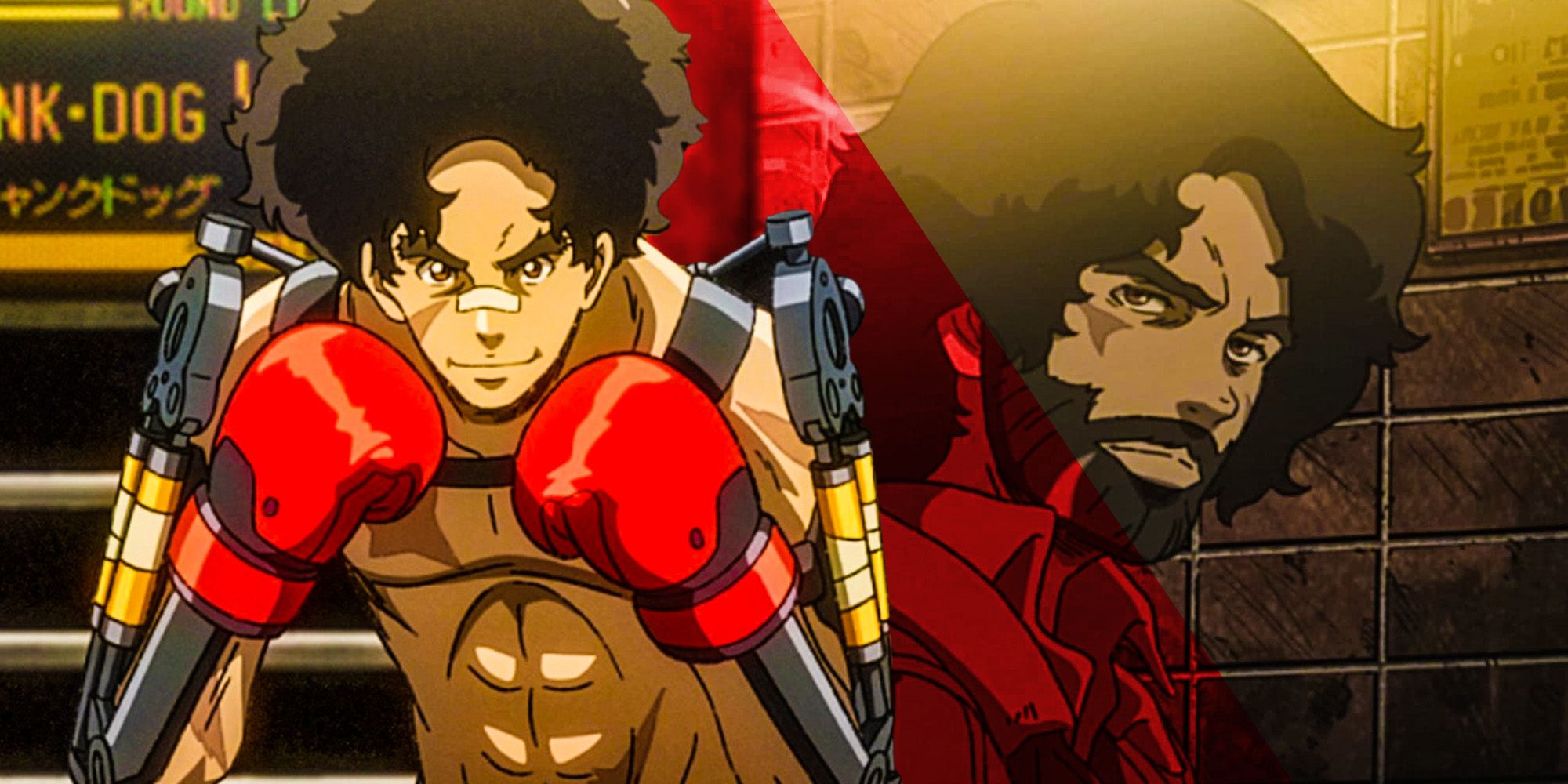The 2018 anime Megalobox was something of a self-contained story, which makes it remarkable that the currently-releasing sequel series Megalobox 2: Nomad is an improvement on the original. Nomad takes on a darker tone, showing the unhappy aftermath of Joe's triumph at the end of the first season. By taking a different approach and telling a more believable and nuanced story, Nomad surpasses the already-acclaimed original Megalobox.
The original Megalobox series is a sci-fi adaptation of the classic boxing manga Ashita no Joe. Megalobox transports the story to a future where cybernetically-enhanced humans desperately battle against each other. The anime was acclaimed for creating an atmosphere that was both futuristic and gritty while telling an affecting narrative, comparable to classic series like Cowboy Bebop. Nomad takes place some years after the conclusion of the first season of Megalobox and sees Joe living in obscurity after losing his Megalonia crown. The sequel tells the story of Joe gradually putting his life back together after the traumatic death of his coach Nanbu. Recent developments have brought Joe back to the more glamorous stage of Megalonia but feels dramatically different than what came before.
One of Nomad's biggest points of improvement is in its action sequences, making them better match the tone of the rest of the series. In the original Megalobox, most fights saw Joe taking an inhuman amount of punishment and suffering several downs before inevitably winning. While frequently impactful, this Rocky-esque fight structure was difficult to believe when repeated several times, and made Joe's wins feel inevitable. Nomad's in-ring action so far has mostly featured characters other than Joe, and when the series has shown the protagonist in the ring he's lost, although one fight was likely fixed. The greater variety in the fights had made Nomad's action more unpredictable than the original series.
Nomad also expands on the world of the original. The sequel series provides a better glimpse at the underworld of megalo boxing, where fights are often fixed and crime dominates. The opening story arc is set among a refugee camp, expanding the world as well as dealing with the issue of discrimination as in Ride or Die and other recent titles. Nomad also expands the role of Sachio and his gang of orphans, giving them each more individual and better-defined characters. Expanding the scope of the world helps Nomad build on what the original Megalobox established.
Recent episodes of Nomad have introduced the character of Mac Rosario, a former policeman who recovered control of his body and became the champion of Megalonia with experimental body implants from the mysterious corporation ROSCO. This plotline deepens the themes of the original Megalobox about the contrast between man and machine by showing that machines can affect the mind as well. While Joe's triumph in Megalonia without using mechanical enhancement suggested a triumph of humanity over technology, Mac's story shows that such divides aren't always easy to make.
Unlike other anime such as Naruto, Megalobox is more of an indirect adaptation of its source material. This allows it to use a new setting and better develop its characters. For instance, while Joe famously appears to die in the ring at the end of the original Ashita no Joe, he survives in Megalobox. Nomad uses this freedom to move beyond the sports anime template and further flesh out its world while further interrogating the relationship between humans and technology.


